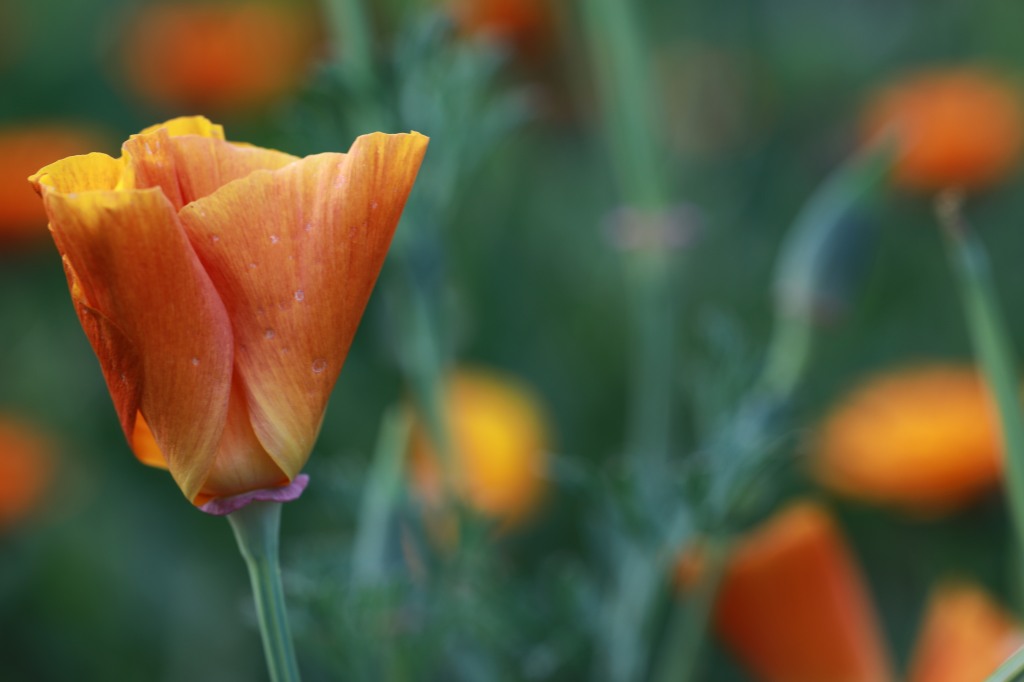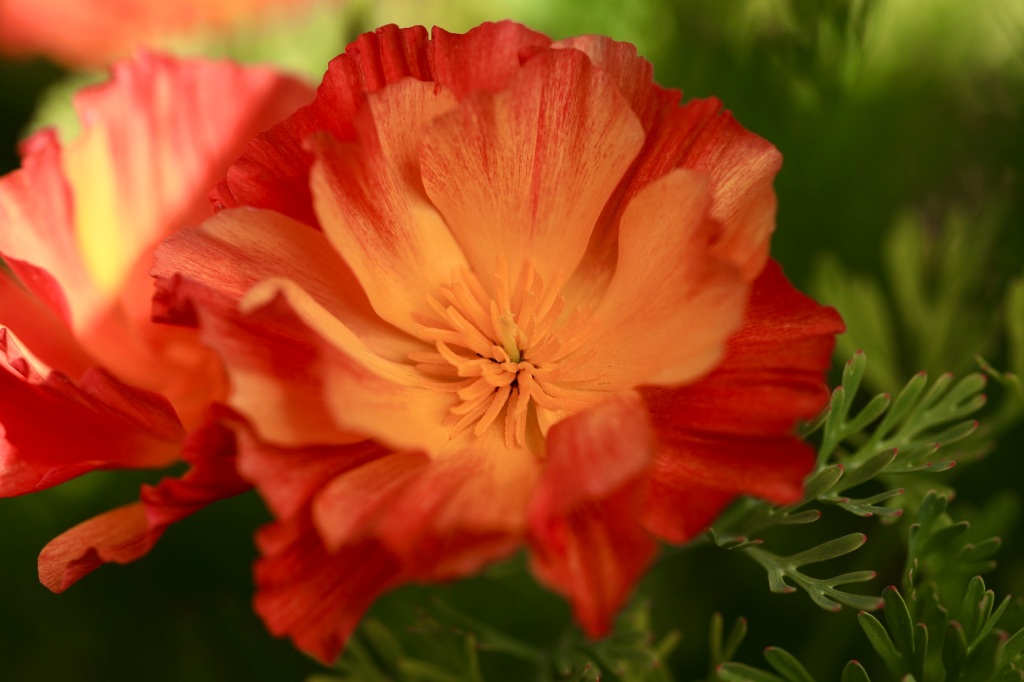If you are a true gardener, you are a scientist! As a gardener I have to explore and test the water, or soil, of every growing aspect I can. Mycorrhizae is becoming more and more known these days and the question is: Does it work? I have played around with it for at over 8 years now. First starting with potting soil. This was an easy adventure for me to test because they could be grown side by side in individually isolated growing pots . All my seedlings were started in a potting mix I made of peat moss, sterile compost, perlite and a little humate and bat guano. Tomatoes, peppers and zinnia flowers were being observed. One half of the potting mix I added mycorrhizae and left without. My results were phenomenal! REALLY! The first few weeks there wasn’t much to note, but at the four week mark, the plants grown with the mycorrhizae potting mix had doubled. The same sunlight, same soil, same variety of plant and the same watering schedule. These plants were not leggy either. I was pretty impressed, but had to challenge this mycorrhizae even further. The next spring when our heirloom tomatoes went into the outside garden beds I used a teaspoon of mycorrhizae in each planting hole. Production was about 1/3 more than the neighboring bed of heirloom tomatoes. When we planted a few new few trees, we used granular mycorrhizae in each transplant hole of a few and not the others. After seeing the difference between a fruit trees planted with mycorrhizae and without, I’m pretty much sold! Trees won’t go in without it now.
Mycorrhizae is a fungi that attaches itself to the root system of most plants. This fungi stimulates root growth. The better the root system, the better the healthier the plant. Beneficial fungi helps combat bad fungi, so
something to think about is mycorrhizae is a fungi. When you use a fungicide in the soil, it will kill off the bad fungi, but it will also kill off the good. The whole idea behind adding fungi to the soil it for it to become balanced. Unbalanced soils generally have a higher number of unhealthy fingi. The overuse of synthetic fertilizers will also eventually kill off living organisms in the soil as the opposite, organic fertilizers feed soil organisms.
Boost that Mycorrhizae with beneficial bacteria! Beneficial Bacteria works kinda work in the same way as fungi. It helps fight off bad soil dwelling bacteria. Many Mycorrhizae products can be found with these beneficial bacterias. These good guys help make it easier for plants to take up water and nutrients. A good way to put it is, beneficial bacteria is like a pro-biotic for plants.
Soluble Mycorrhizae should be used as a soil drench, not a foliar spray. Mycorrhizae is for the root zone. While it won’t hurt the plant, it will not survive the UV rays or do any good when sprayed or poured onto the plants leaves and stems. When adding water, use clean ‘non-chlorinated” water and be sure to use your solution within an hour. Soluble Mycorrhizae is great added to compost tea at the finished stage. You’ll get the best of both worlds. Microbes and Mycorrhizae!
When buying mycorrhizae/bacteria, make sure it’s viable. It has a shelf life. Look for an expiration date and don’t buy it if it’s expired. And use it! While it’s still good at it date, it losses it vitality little by little. After all, it is living!
So does it work? Put it this way…It has become a part of my growing and feeding regimen.




